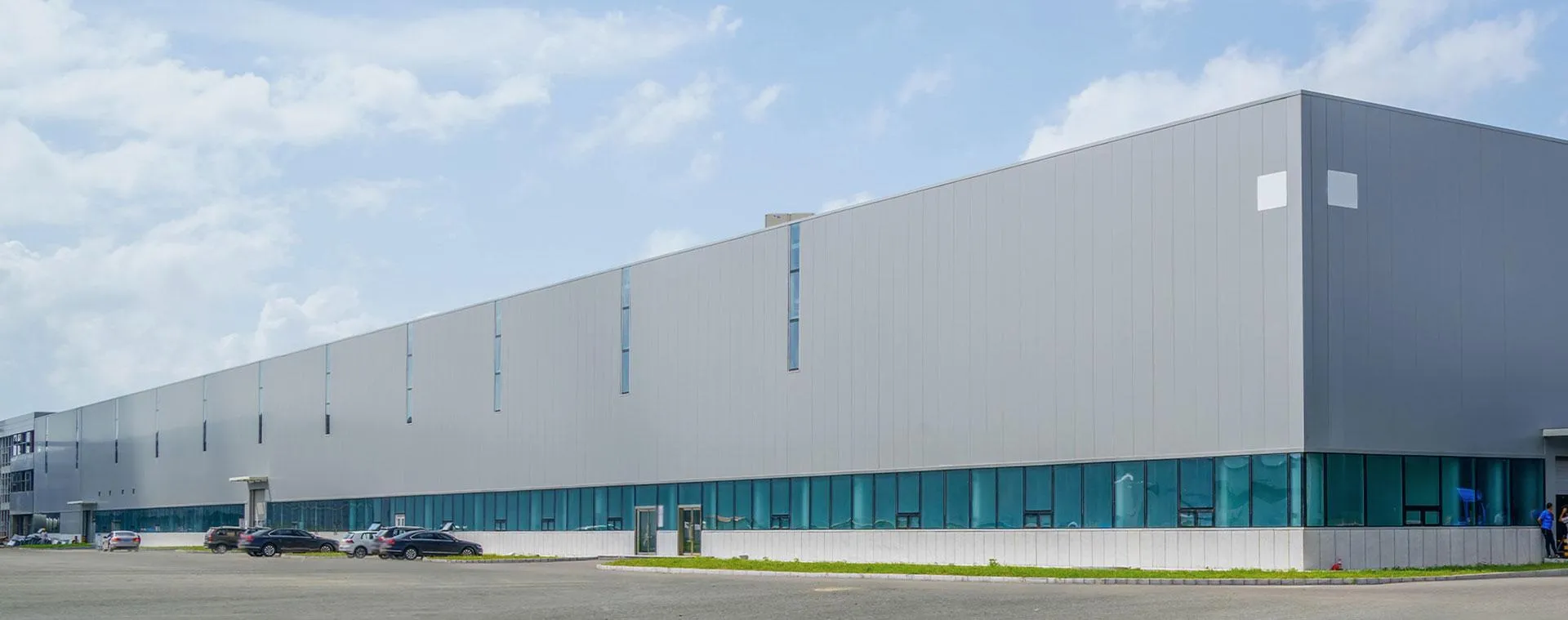NEWS & BLOGS
How to Read a Commercial Refrigerator Specification Sheet?
How to Read a Commercial Refrigerator Specification Sheet?
A Practical Guide for Buyers, Distributors, and Retail Operators
When sourcing a commercial refrigerator — whether it’s a cake display cabinet, upright chiller, or open chiller — understanding the specification sheet is essential. These sheets are more than just numbers; they’re a snapshot of how the unit will perform, consume energy, and fit into your space and workflow.
In this guide, we break down how to read and interpret a typical spec sheet, and what key values matter most for your business. Whether you’re a buyer, designer, or equipment distributor, this article will help you make smarter, faster decisions.
Why Spec Sheets Matter
A spec sheet (also known as a data sheet) gives you:
-
📏 Physical dimensions (to check if it fits your layout)
-
⚡ Energy consumption & voltage (for cost & compatibility)
-
❄️ Cooling capacity & temperature range (to match product type)
-
🧩 Material quality, refrigerant type, and compressor brand (for durability & compliance)
Reading it right = fewer surprises post-installation.
Common Terms You’ll Find (and What They Mean)
| Item | What It Means | Why It Matters |
|---|---|---|
| External Dimensions | Width × Depth × Height in mm or inches | Ensures it fits in your allocated space |
| Internal Volume | Total usable storage space (liters or cubic feet) | Affects how much product you can display/store |
| Temperature Range | Operating internal temperature (e.g. 2°C ~ 8°C) | Must align with food safety regulations and product needs |
| Refrigerant Type | R134a / R404a / R290 etc. | Affects environmental impact, energy use, and compliance |
| Cooling Method | Fan cooling (air-forced) vs. static cooling | Fan = even airflow; static = quieter, but uneven |
| Compressor Brand | Embraco, Donper, Secop, Cubigel etc. | Impacts reliability, efficiency, and noise |
| Voltage / Frequency | Usually 110V/60Hz or 220V/50Hz | Must match your country’s electrical standard |
| Power Consumption | Rated power in watts or kWh per 24h | Helps estimate monthly electricity cost |
| Defrost Type | Automatic or manual | Affects maintenance effort and ease of use |
| Glass Type | Single or double tempered / low-E / anti-fog | Affects insulation, energy efficiency, and visibility |
| Shelving / Load Limit | Number of shelves & max load per shelf (kg) | Ensures durability and safe display of heavy items |
| Lighting | LED / warm / daylight tone | Impacts product appeal and power draw |
Real Example from Skadi Refrigeration
Let’s say you’re reviewing a Skadi Cake Display Cabinet model:
-
Dimensions: 1200 × 700 × 1250 mm
-
Temp Range: 2°C ~ 8°C
-
Cooling Method: Fan cooling
-
Compressor: Secop
-
Refrigerant: R290 (Eco-Friendly)
-
Lighting: LED with warm tone
-
Power: 220V / 50Hz / 290W
-
Glass: Double tempered + electric heating film
What this tells you:
-
It fits standard bakery counters
-
Safe for cream-based cakes
-
Stable performance with even airflow
-
Low environmental impact
-
Compliant with CE and SASO standards
Common Mistakes to Avoid
❌ Assuming bigger always means better — A smaller unit with fan cooling and better insulation might outperform a large static-cooled model.
❌ Overlooking voltage compatibility — Plug mismatch = blown fuses or underperformance.
❌ Not accounting for ambient temperature rating — Make sure the unit works well in your local climate (e.g. 32°C ambient environment).
Bonus Tip: Ask for the Spec Sheet Before You Order
Always request the PDF spec sheet before finalizing your order. A good manufacturer will provide this upfront — and walk you through it if needed.
If you’re unsure what any section means, Skadi’s team is always happy to help explain and recommend the best fit for your use case.
Conclusion
Understanding a commercial refrigerator’s spec sheet is a small step that protects your big investment. Whether you’re buying one unit or planning a bulk order, interpreting the data correctly means better performance, easier installation, and fewer regrets.




